Corrigan Movie Ranch -- now Corriganville Park -- has many
memories for a movie buff -- especially the fans of B westerns and adventure
films -- and it even has something offer fans of Tarzan films. Umfortunately,
the actual movie sets that are still seen it hundreds of old movies are
long gone -- destroyed by disastrous fires and neglect. The park is studded
with interpretive signs, however, that hint of past glories and describe
the natural landforms and vegetation that still survive.
My first visit to Corriganville was a fortuitous event since it coincided
with the one-shot Rhythm and Brews Festival. It offered warm California
sunshine, live rock and blues music, micro-brewery booths offering their
unique brews, interesting people browsing the many booths under the shade
trees, exotic vegetation, spectacular landforms . . . and remaining evidence
of what used to be: familiar and exciting film locations. There were also
photo and model displays of the old movie ranch, as well as demonstrations
and tours led by costumed guides.
This heady mix begot an unforgettable afternoon. I was alone on this
first visit, but Sue-On and I returned two years later to take more photos
to round out this photo tour. Our second visit was not nearly as exciting
as the first since there were no Rock & Brew revellers in attendance.
I had a bit of a hard time conveyng to her the excitement that I felt during
my initial visit.
I approached the current main entrance by strolling through Robin Hood
Forest reading the many interpretive signs along the way.




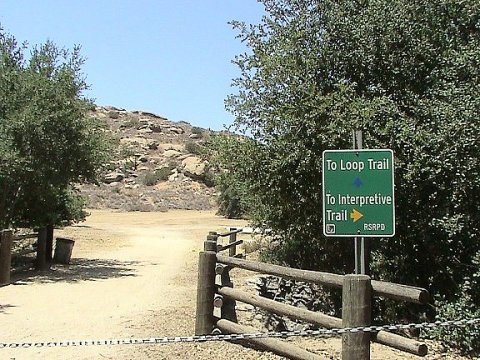
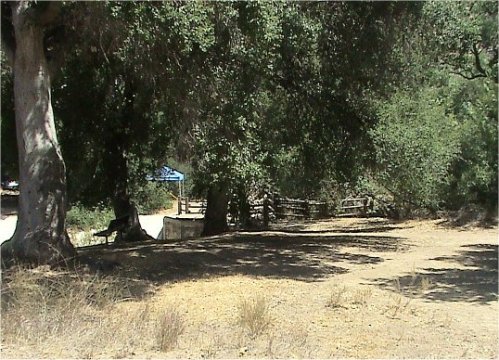
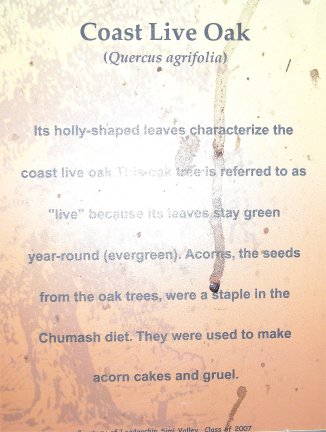
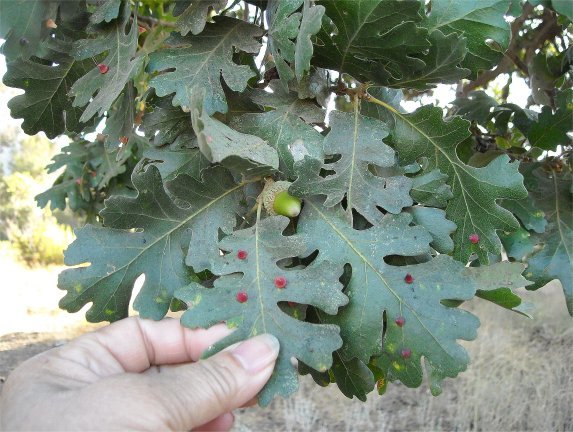
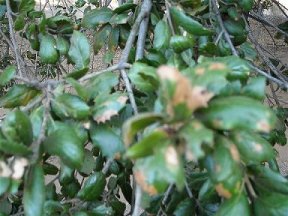
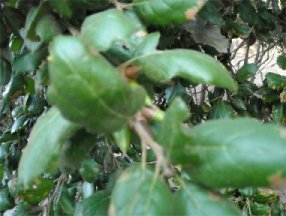
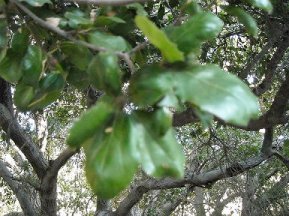
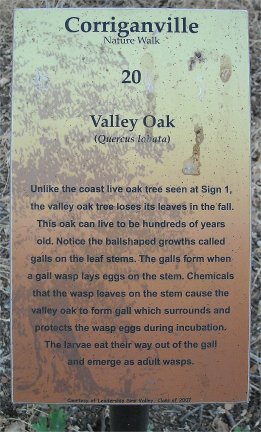
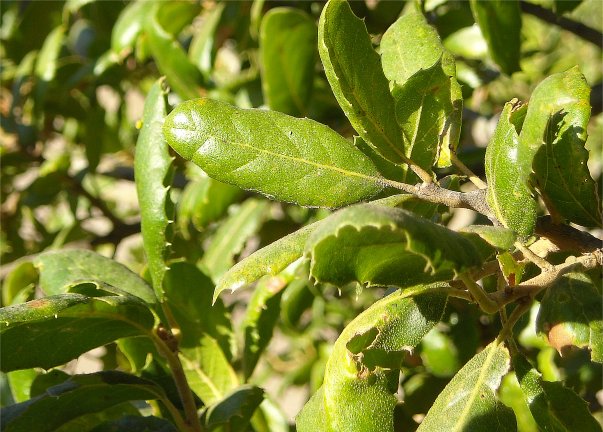

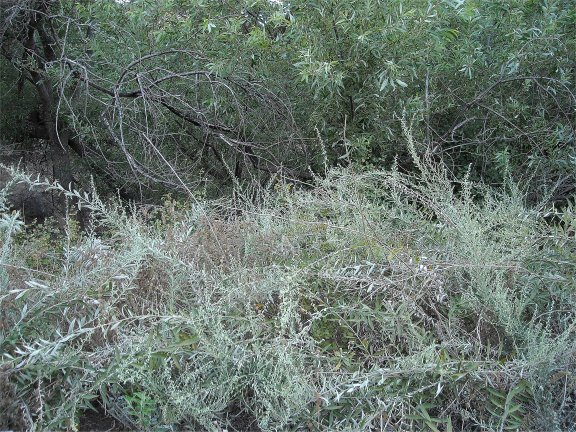
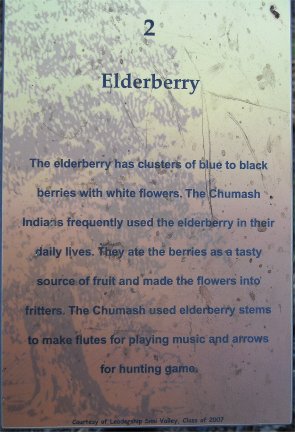
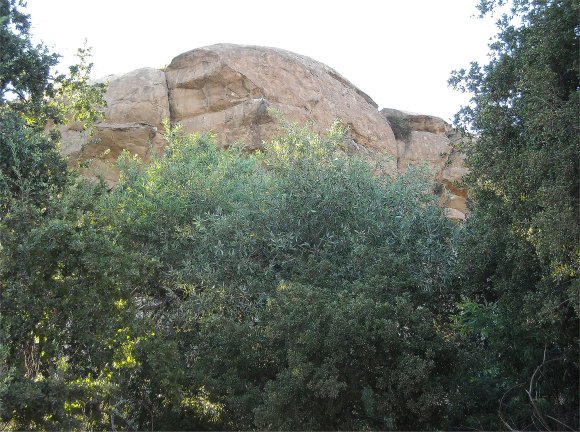
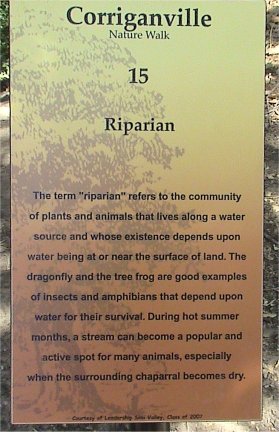
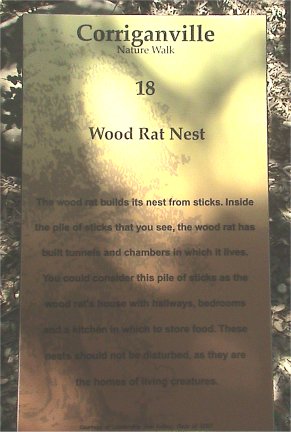
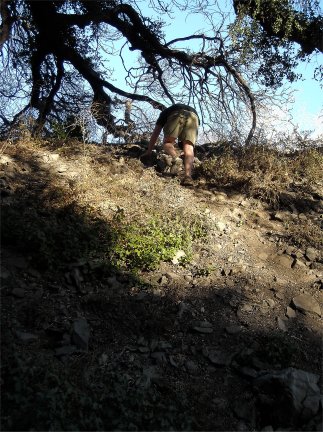

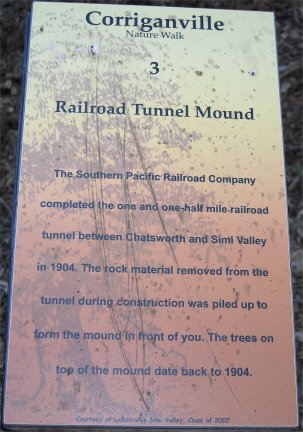
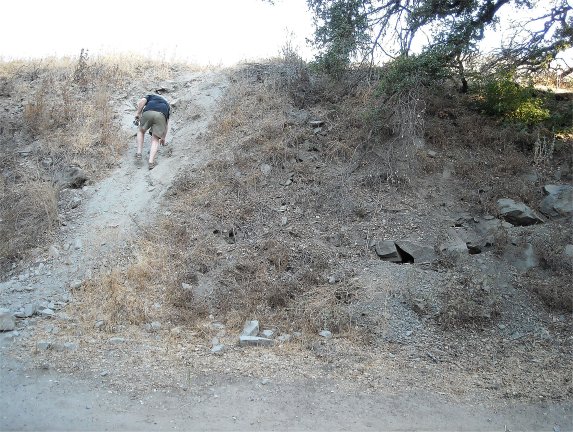
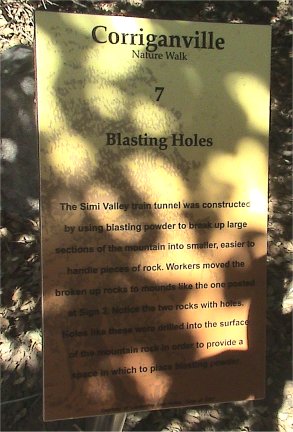
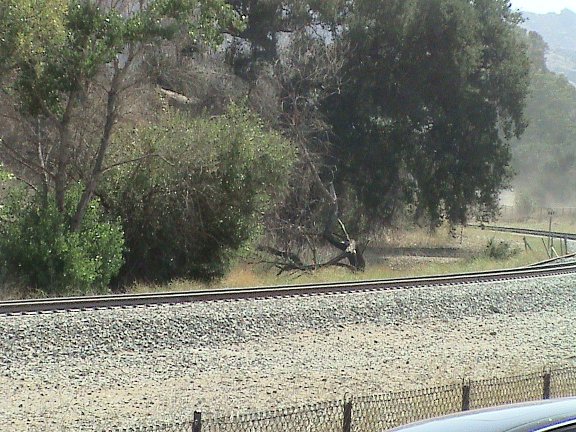
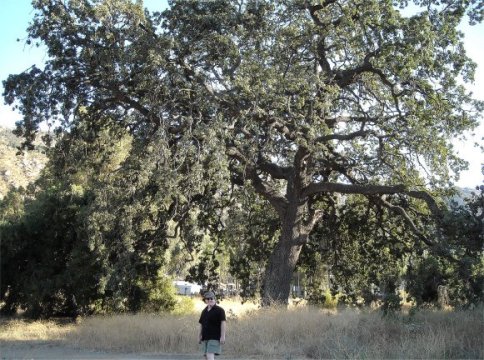

![]()

![]()